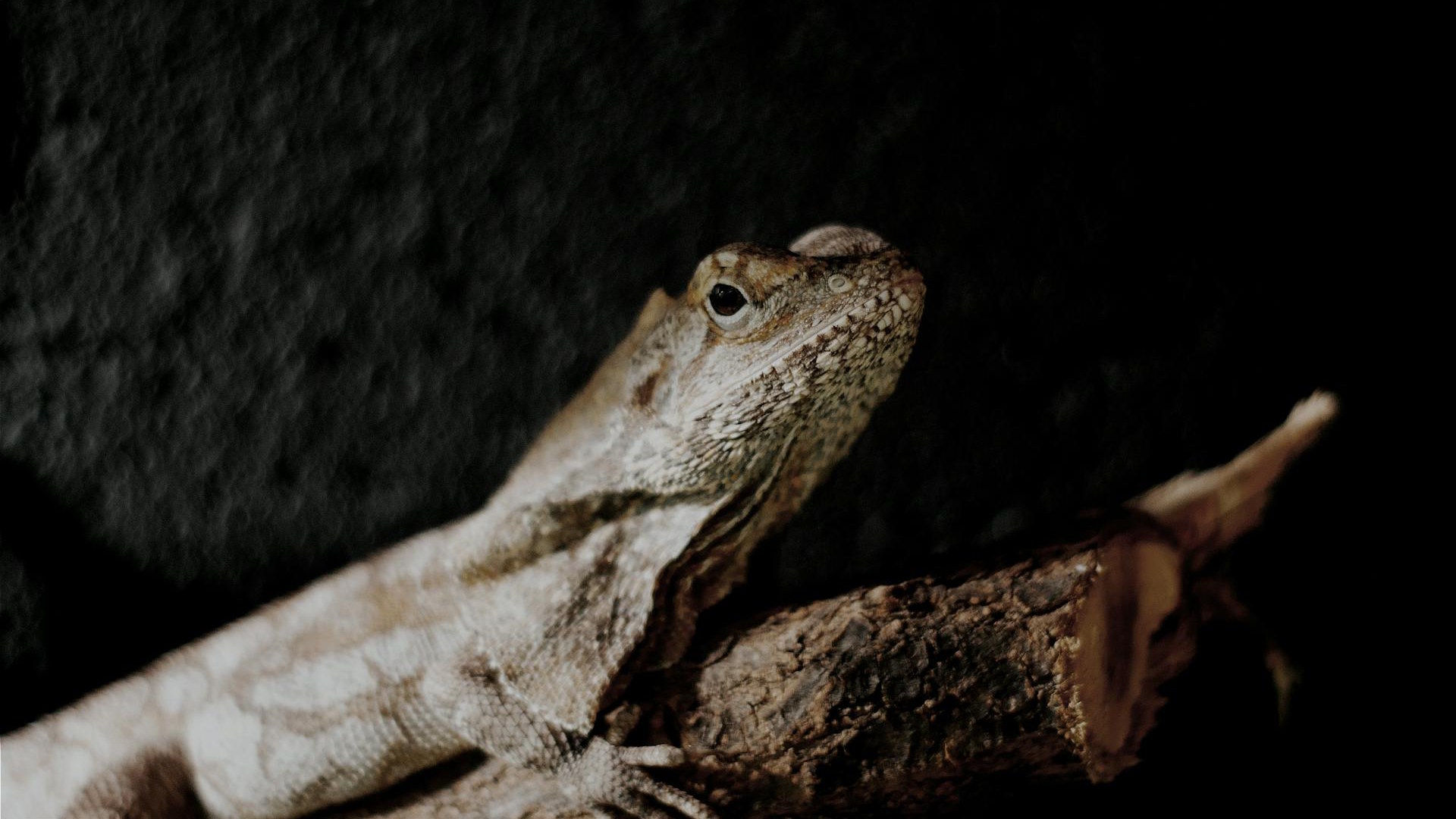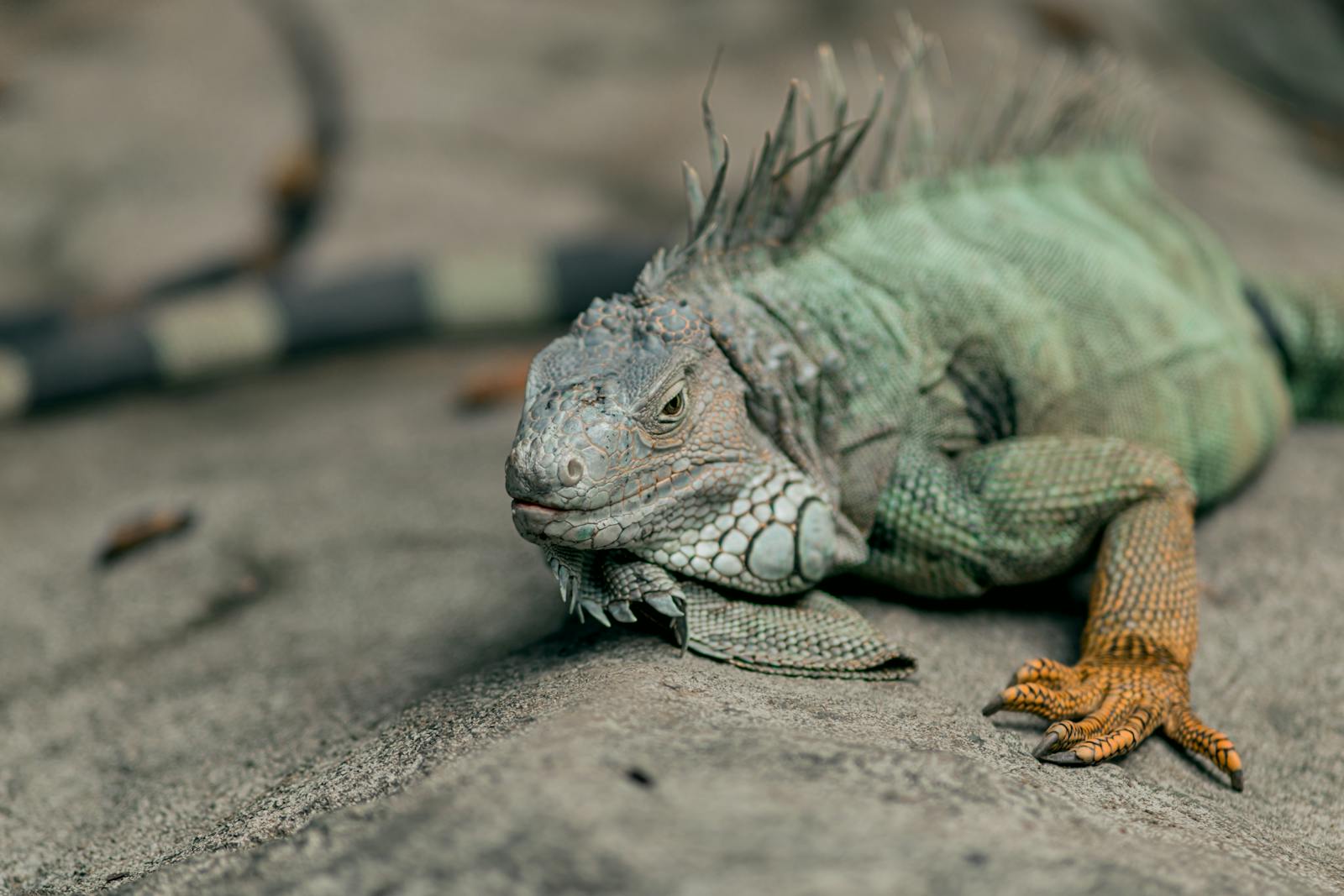In the fascinating world of reptiles, the ability of certain lizards to regrow their tails represents one of nature’s most remarkable feats of regeneration. This process, known as autotomy followed by regeneration, allows lizards to sacrifice their tails when captured by predators and then grow them back later—a survival strategy that has evolved over millions of years. However, not all lizard species possess this seemingly magical ability. While a gecko can drop its tail and regrow a new one within weeks, other lizards like iguanas might regrow an imperfect replacement, and some species cannot regenerate their tails at all. This variation raises intriguing questions about evolution, genetics, and the complex biological mechanisms that enable some reptiles to recreate complex body parts while others cannot.
The Evolutionary Purpose of Tail Regeneration

Tail regeneration evolved primarily as a survival mechanism allowing lizards to escape predation through a strategy called caudal autotomy—the voluntary shedding of the tail. When a predator grabs a lizard by its tail, specialized fracture planes within the tail vertebrae enable the lizard to detach its tail and flee while the predator remains distracted by the still-moving, discarded appendage.
This sacrifice significantly increases survival chances in the wild, as studies have shown that lizards capable of autotomy have higher survival rates than those without this ability. The evolutionary advantage is so significant that this trait has evolved independently in multiple lizard lineages, demonstrating its value as an adaptation. Natural selection has favored this remarkable ability in species frequently targeted by predators, particularly those living in exposed habitats where escape routes may be limited.
The Biological Mechanism Behind Tail Regrowth
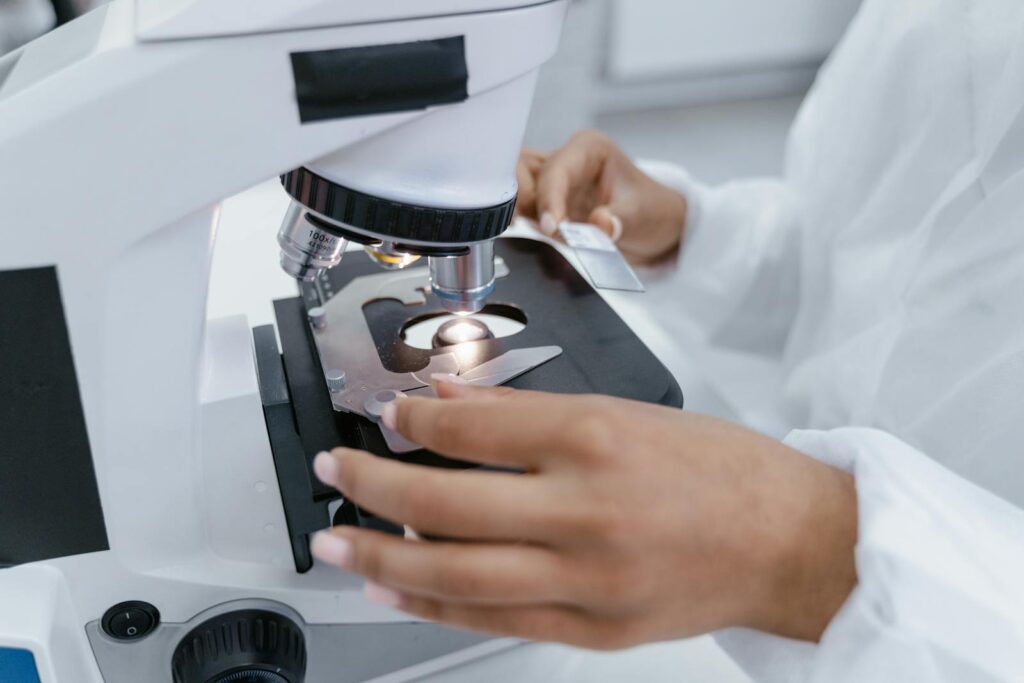
The regeneration process begins immediately after tail loss with the formation of a specialized structure called the blastema—a mass of dedifferentiated cells that gather at the wound site. Unlike typical wound healing, these cells effectively “rewind” their development, reverting to a stem cell-like state capable of forming multiple tissue types. What follows is a carefully orchestrated genetic program that directs these cells to redifferentiate into specific tissues like muscle, cartilage, nerves, and scales, following a blueprint that recreates the tail structure. The entire regeneration process is regulated by complex signaling pathways, including the Wnt/β-catenin pathway, which controls cell proliferation and differentiation.
Interestingly, the new tail is not an exact replica of the original; it typically contains a cartilaginous rod rather than vertebrae and may have different muscle arrangements, demonstrating the limitations even in species with strong regenerative capabilities.
Species With Exceptional Regenerative Abilities
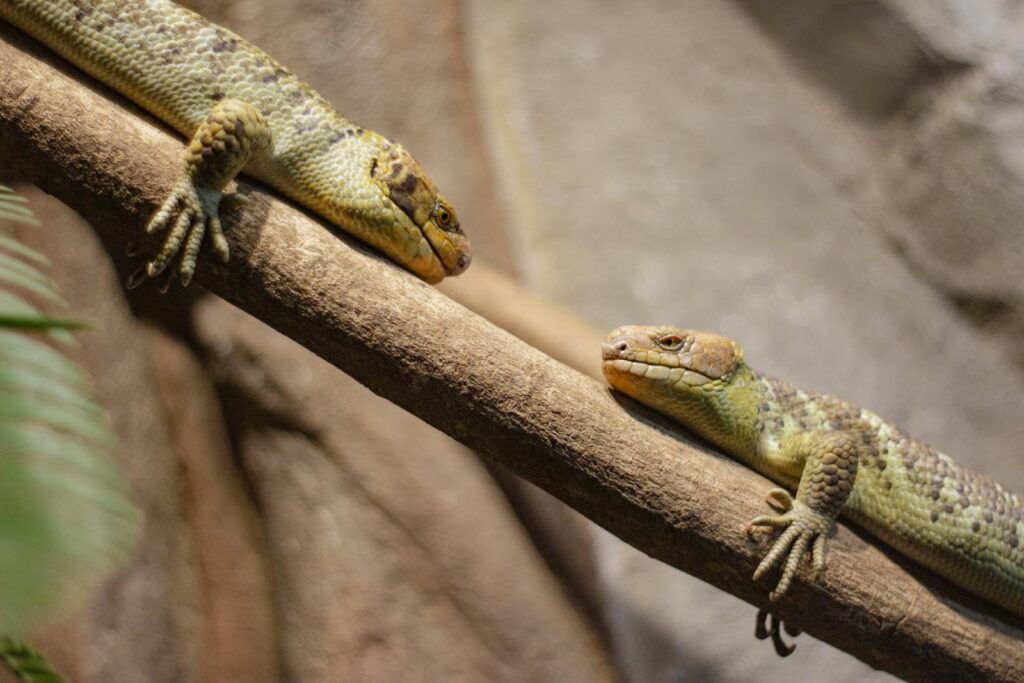
Among reptiles, geckos stand out as champions of tail regeneration, capable of regrowing their tails in as little as 30 days with remarkable completeness. The leopard gecko (Eublepharis macularius) has been extensively studied for its exceptional regenerative abilities, which include not only replacing the tail structure but also restoring functionality for balance and fat storage. Anoles, particularly the green anole (Anolis carolinensis), also demonstrate impressive regeneration, though their replacement tails often appear slightly different in coloration and scale pattern from the originals. Skinks represent another group with notable regenerative capabilities, with some species able to detach their tails with minimal force and regrow them rapidly. These highly regenerative species share certain genetic and cellular characteristics, including efficient blastema formation and high stemness potential in their tail tissues, which enables the rapid mobilization of cells necessary for regeneration.
Lizards With Limited or No Regenerative Capabilities

In contrast to the regeneration champions, several lizard groups show limited or no ability to regrow their tails. Larger iguanids, including the common green iguana (Iguana iguana), can only produce a cartilaginous spike that bears little resemblance to their original tail, lacking the complex musculature and vertebral structure. Monitor lizards (Varanus species) represent an example of lizards with practically no regenerative capacity—if they lose their tails, the appendage is permanently gone.
Chameleons similarly lack significant regenerative abilities, which may relate to the specialized function of their tails as prehensile gripping organs. The absence of regeneration capability in these species often correlates with differences in vertebral structure, specifically the lack of fracture planes within the vertebrae that would facilitate clean breaks during autotomy, suggesting their evolutionary path favored tail retention over sacrificial strategies.
The Genetic Factors That Determine Regenerative Ability

Research has identified several key genetic factors that determine whether a lizard species can regenerate its tail. Scientists studying the green anole lizard have discovered that over 326 genes show increased activity during the regeneration process, many of which are developmental genes that are normally inactive in adult animals but become reactivated during regeneration. The Wnt signaling pathway plays a crucial role, with genes like β-catenin directing the formation and growth of the blastema structure. Genetic differences between regenerating and non-regenerating species often involve the regulation of these pathways rather than the complete absence of regeneration genes.
Even humans possess many of the genes necessary for regeneration, but these genes are regulated differently in lizards, allowing for their remarkable regenerative capabilities. Recent genomic studies comparing regenerating and non-regenerating species have identified specific genetic elements that may serve as “regeneration enhancers,” controlling the expression of key genes during the repair process.
How Age Affects Regenerative Capabilities

The regenerative abilities of lizards typically diminish with age, creating another layer of variation in tail regeneration capacity. Juvenile lizards generally regrow their tails faster and more completely than older individuals of the same species, with studies showing regeneration rates up to twice as fast in young specimens. This age-related decline occurs because older lizards have reduced stem cell populations and less efficient cellular dedifferentiation capabilities, limiting their ability to form a fully functional blastema.
Hormonal changes throughout a lizard’s lifespan also impact regeneration, with growth hormone and thyroid hormone levels affecting the rate and quality of tail regrowth. Some species show a more dramatic decline in regenerative capacity than others, with certain geckos maintaining relatively strong regenerative abilities throughout their lives while other species may lose almost all regenerative potential in advanced age.
The Environmental Influences on Tail Regeneration

Environmental factors significantly influence a lizard’s ability to regrow its tail, even among species with strong regenerative capabilities. Temperature plays a crucial role, with most lizard species showing optimal regeneration rates at their preferred body temperature range, typically between 28-35°C (82-95°F) depending on the species. Nutritional status dramatically impacts regeneration success, as the process requires substantial energy resources—lizards with access to abundant food regenerate their tails faster and more completely than those in poor nutritional condition. Season and photoperiod (day length) affect regeneration through their influence on the lizard’s hormonal cycles, with many species showing faster regeneration during summer months when metabolic rates are naturally higher.
Additionally, stress levels can inhibit regeneration, as corticosterone (the reptilian stress hormone) suppresses the inflammatory response necessary for initiating the regeneration process, explaining why captive lizards sometimes show impaired regeneration compared to their wild counterparts.
The Anatomical Differences Between Original and Regenerated Tails
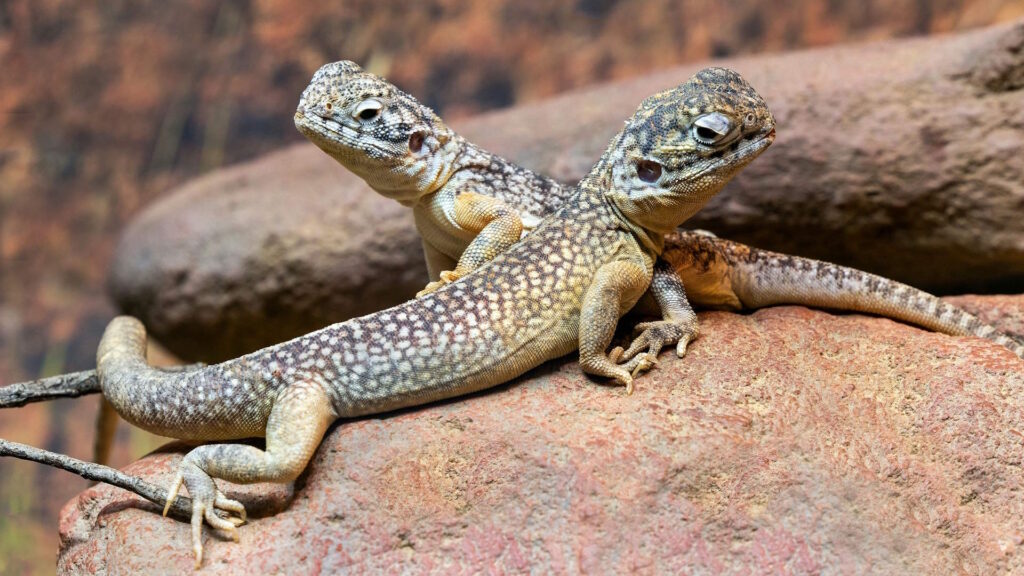
Regenerated lizard tails differ anatomically from original tails in several significant ways, reflecting the limitations of the regeneration process. While an original tail contains vertebrae with neural arches and spinal cord tissue, a regenerated tail typically forms a cartilaginous tube rather than true vertebrae, lacking the segmented structure of the original. The muscular arrangement in regenerated tails is simpler, with muscles forming continuous tubes rather than the complex segmental pattern found in original tails, resulting in different movement capabilities. Nerve distribution also differs, with regenerated tails containing fewer sensory neurons and simplified motor neuron patterns, potentially reducing sensory feedback and fine motor control.
Perhaps most visibly, the scales on regenerated tails often differ in size, pattern, and sometimes color from those on the original tail, making it possible for researchers and observers to identify lizards that have undergone tail regeneration.
The Role of Tail Function in Regenerative Variation
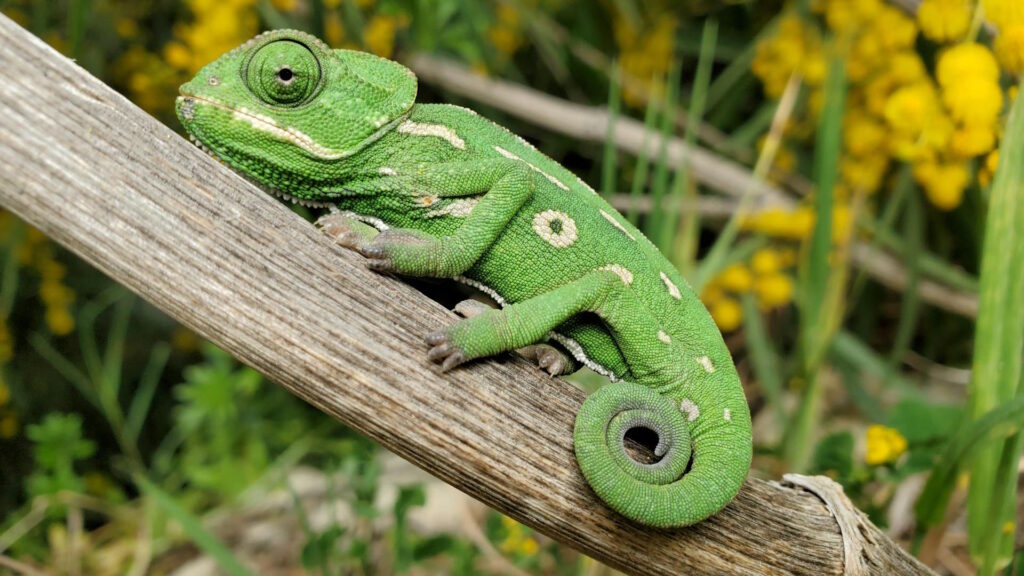
The specific functions a tail serves for different lizard species strongly influence whether regenerative capabilities have been evolutionarily favored. Species that use their tails primarily as expendable decoys to distract predators, such as many ground-dwelling skinks and geckos, typically have the most advanced regeneration capabilities. Conversely, lizards that rely on their tails for specialized functions tend to have reduced regenerative abilities proportional to the tail’s importance. Chameleons, which use their tails as prehensile grasping limbs for climbing, show minimal regeneration, as an imperfect replacement would compromise their arboreal lifestyle.
Similarly, aquatic lizards that depend on their tails for swimming propulsion, like water monitors, have limited regeneration, as a suboptimal tail would reduce swimming efficiency. Species that store significant fat reserves in their tails, such as leopard geckos, have evolved particularly robust regeneration mechanisms that not only replace the tail structure but also restore its function as an energy storage organ.
Medical Applications and Human Research Implications

The remarkable regenerative abilities of lizards have captured the attention of medical researchers seeking solutions for human tissue regeneration. Scientists are studying the molecular pathways activated during lizard tail regeneration to potentially develop therapies for spinal cord injuries, as the lizard’s ability to regenerate spinal cord tissue in the tail represents a capability humans entirely lack. The blastema formation process is of particular interest, as understanding how differentiated cells can revert to a stem cell-like state could lead to breakthroughs in regenerative medicine approaches for tissues that don’t naturally regenerate in humans.
Research on the specific genes activated during lizard tail regeneration has identified several that are conserved in humans but regulated differently, suggesting potential therapeutic targets for enhancing human healing processes. Some researchers are exploring how the microRNA networks that control gene expression during lizard regeneration might be manipulated in mammals to activate dormant regenerative pathways, potentially opening new avenues for treating degenerative diseases and traumatic injuries.
Misconceptions About Lizard Tail Regeneration
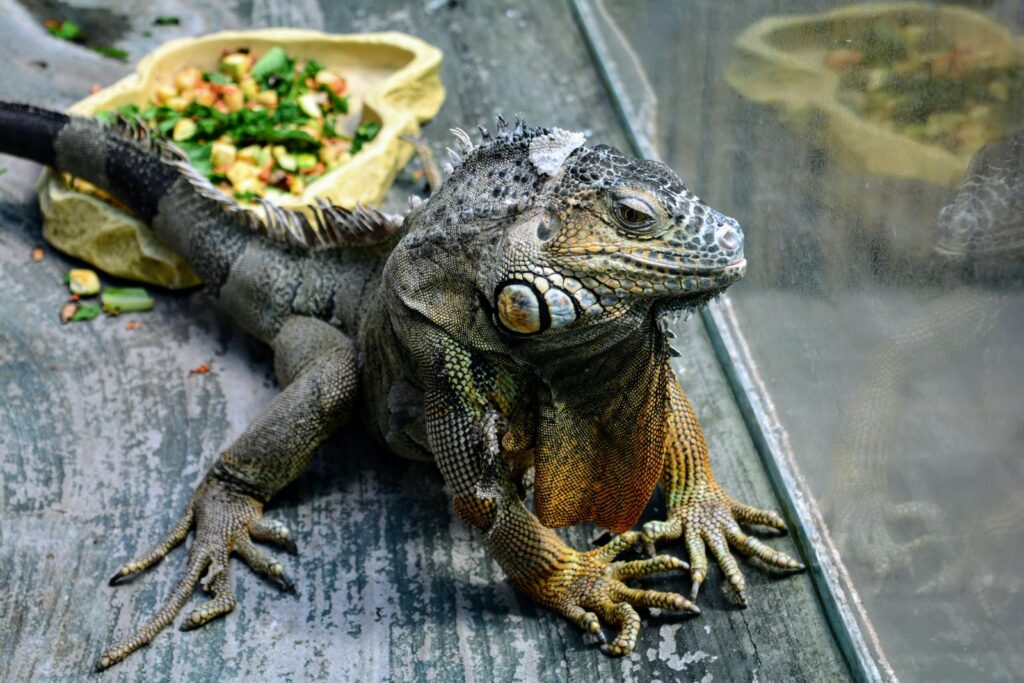
Despite the fascination with lizard tail regeneration, several misconceptions persist about this remarkable ability. Many people incorrectly believe that all lizards can regrow their tails equally well, failing to recognize the significant variation across species described throughout this article. Another common misconception is that regenerated tails are identical to original tails, when in fact they differ substantially in internal structure, nervous system organization, and sometimes external appearance. Some pet owners mistakenly believe that tail loss and regeneration is a benign process with no consequences for the lizard, when in reality it represents a significant physiological stress that requires substantial energy resources and temporarily impairs the animal’s balance and locomotion.
Perhaps most persistently, there’s a misconception that lizards can voluntarily drop their tails at will or in response to minor threats, when actually most species require significant force or threat to initiate autotomy, as the energetic cost of tail loss makes it a last-resort defense mechanism rather than a casual response.
The Future of Regeneration Research

The field of regeneration biology focused on lizard tails continues to advance rapidly with promising directions for future research. CRISPR-Cas9 gene editing technology is allowing scientists to modify specific genes in model lizard species like the mourning gecko to determine their exact roles in the regeneration process. Single-cell RNA sequencing is revealing previously unknown cell types and cellular states during different phases of regeneration, providing unprecedented detail about the molecular mechanisms involved. Comparative genomics between closely related species with different regenerative capabilities is helping identify the exact genetic differences that determine whether a lizard can regrow its tail.
Researchers are also developing sophisticated imaging techniques to observe the regeneration process in real-time, tracking cell movements and tissue formation in unprecedented detail. The integration of regeneration biology with evolutionary developmental biology promises to reveal not just how regeneration works, but how and why these remarkable abilities evolved in some lineages but not others.
Conclusion: The Evolutionary Puzzle of Selective Regeneration
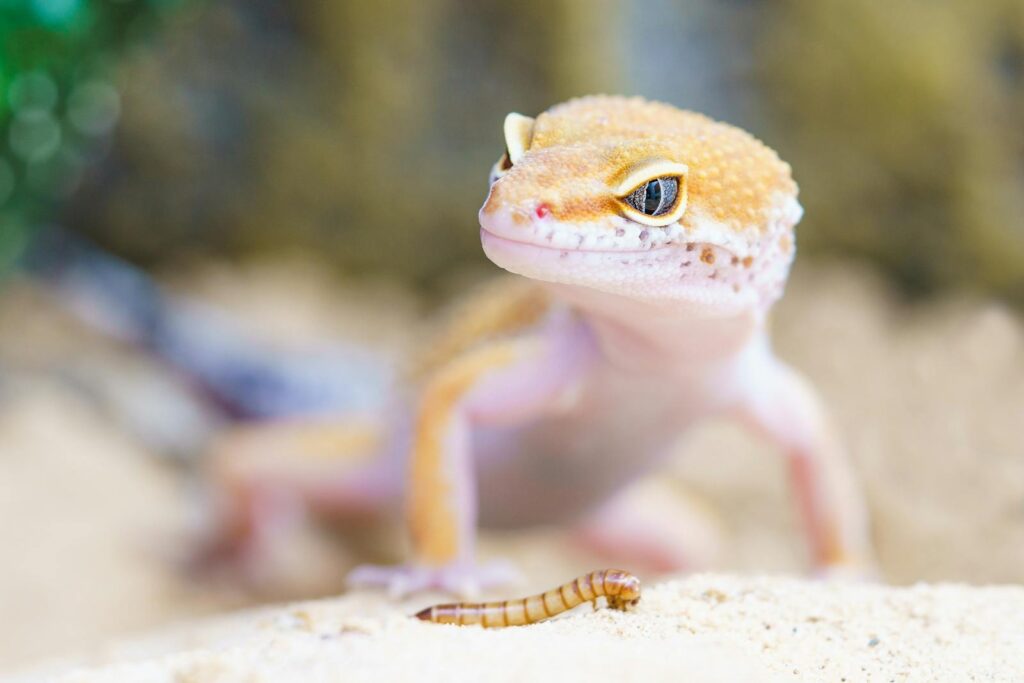
The varying ability of lizards to regenerate their tails represents a fascinating evolutionary puzzle that continues to captivate biologists. This variation is not random but reflects different evolutionary pressures and trade-offs—species that frequently encounter predators and use their tails as sacrificial decoys have generally evolved robust regeneration mechanisms, while those with specialized tail functions often retain their tails at all costs. The complex interplay of genetics, development, and environment that enables some lizards to rebuild complex appendages while others cannot offers profound insights into the fundamental principles of tissue regeneration.
As research continues to unravel the molecular and cellular mechanisms behind these differences, we gain not only a deeper understanding of reptile biology but also potential pathways to enhance healing and regeneration in human medicine. The humble lizard tail, with its remarkable ability to regrow, continues to serve as both an evolutionary marvel and a blueprint for potential medical innovations that could someday help humans repair injured tissues and organs.



